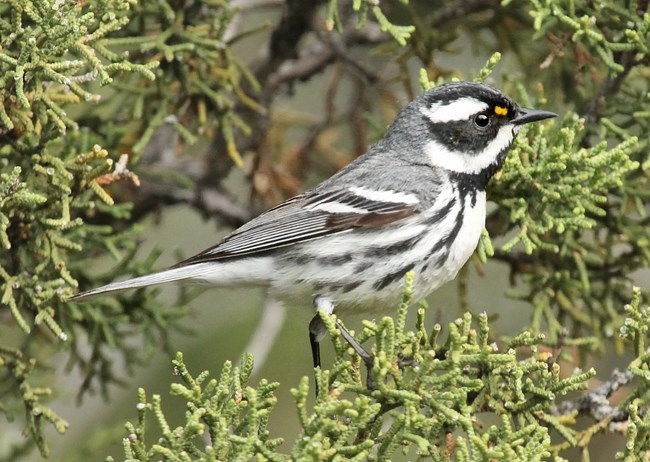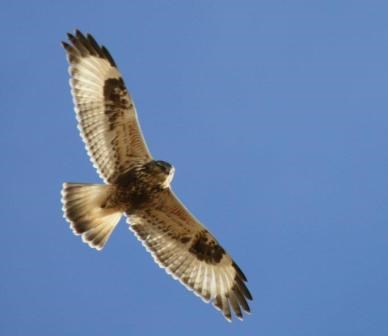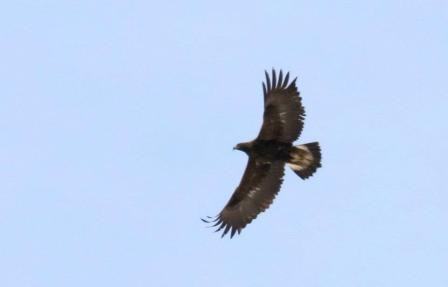
Wallace Keck Few places in Idaho other than the City of Rocks checklist area offer such a high concentration of bird species, making this a top birding destination. The City of Rocks checklist area includes the National Reserve, Castle Rocks State Park, and the Almo and Upper Raft River valleys.

photo by Wallace Keck Rough-legged Hawk (Buteo lagopus) The Rough-legged Hawk has a body length of 18 - 23 inches, a wingspan of 4 - 4 1/2 feet, and weighs 1 1/2 - 3 pounds. This hawk spends the summer in the tundra and extreme northern taiga, and the winter in open lowland areas of prairies, marshes, and agricultural area across North America. The rough-legged hawk is quite common in the winter months, but rarely seen any other time. 
photo by Wallace Keck Golden Eagle (Aquila chrysaetos) Sightings of Golden Eagles are rare, but do occur. Golden Eagles use their agility and speed combined with extremely powerful talons to snatch up prey including rabbits, marmots, ground squirrels, and large mammals such as foxes, and young deer. They will also eat carrion if prey is scarce, as well as reptiles. They maintain a territory of apporximately 60 square miles. They are also monogamous, staying with their partner for several years, or even life. |
Last updated: July 25, 2022
